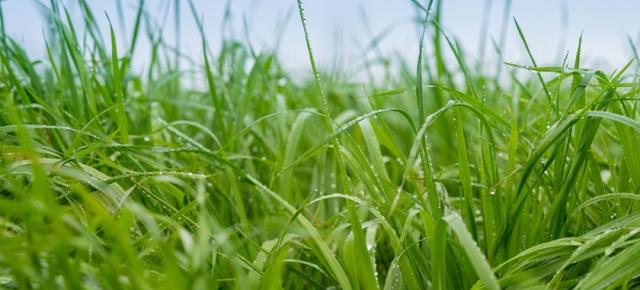This proof-of-concept project introduces a new approach by establishing an annual ryegrass crop within standing maize fields before the maize is harvested.

Background
This proof-of-concept project explores an innovative agricultural practice designed to harness the dual benefits of growing additional winter feed for lamb fattening while protecting the soil from winter weather.
This project introduces a new approach by establishing an annual ryegrass crop within standing maize fields before the maize is harvested. This method allows the grass seed to benefit from warmer autumn temperatures, significantly boosting growth rates compared to traditional seeding methods done post-harvest in colder conditions.
By developing a more efficient system of winter forage production, farmers can capitalize on increased feed availability while simultaneously protecting their soil from erosion and nutrient loss during the winter months.
Benefits to farmers
- Increased feed production: Seeding ryegrass earlier, during warmer conditions, could increase growth by three to four times, potentially yielding 4 to 5 tonnes of dry matter per hectare compared to just 1 tonne when seeded later.
- Soil health & environmental impact: Growing a cover crop during winter adds organic matter, enhancing soil nutrients and humus. It also acts as a protective layer, reducing soil erosion during the winter months.
- Economic advantage: By growing a winter crop, farmers can continue to generate income through lamb fattening on land that would otherwise remain fallow, improving overall farm productivity.
B+LNZ project lead
Suzi Keeling, Head of Science and Research.
Farmers involved
McLanachan family.
Expected end date
November 2025.